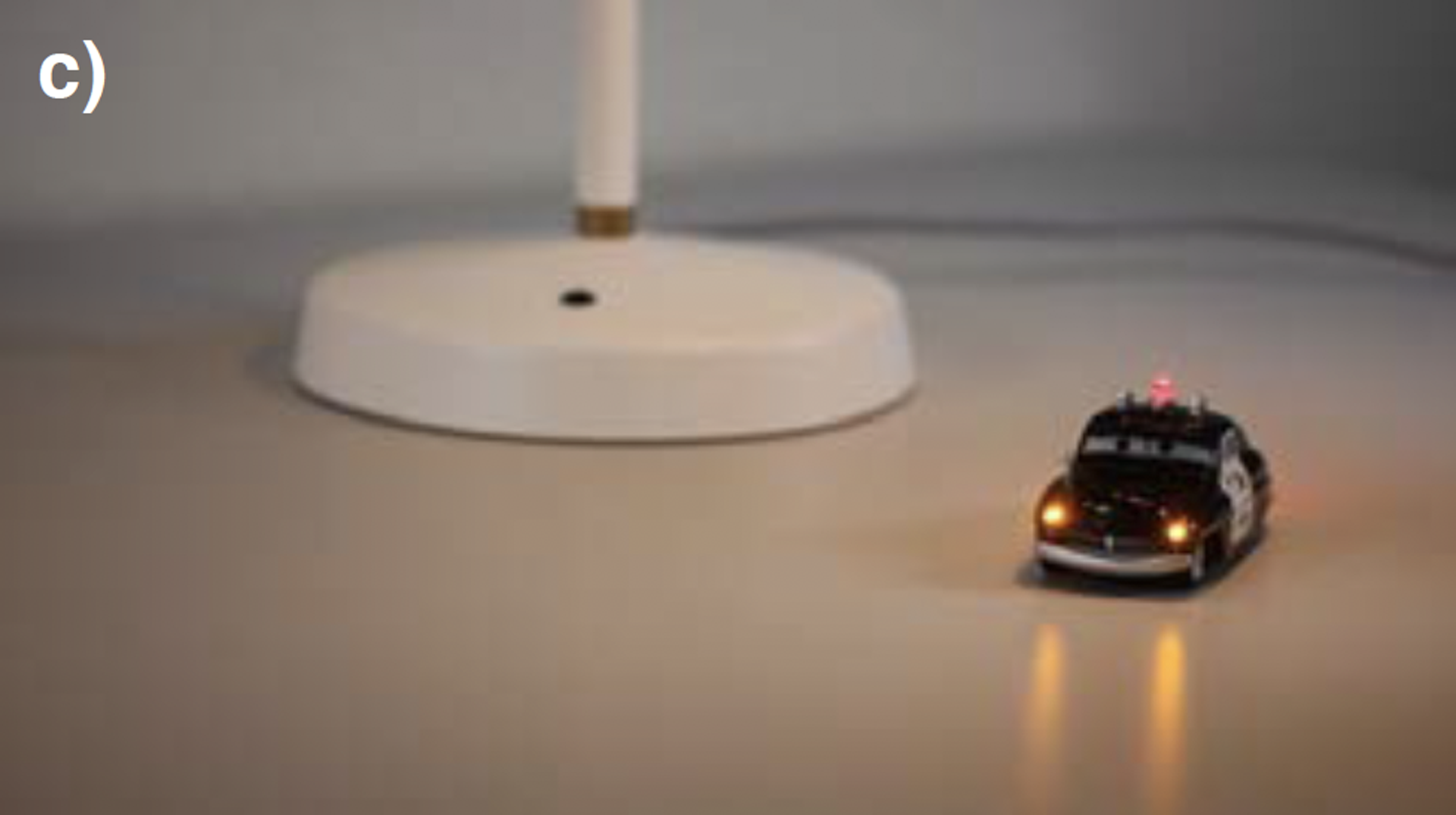“(In)visible Light Communication: Combining Illumination and Communication” by Schmid, Ziegler, Gross, Hitz, Psarra, et al. …
Notice: Pod Template PHP code has been deprecated, please use WP Templates instead of embedding PHP. has been deprecated since Pods version 2.3 with no alternative available. in /data/siggraph/websites/history/wp-content/plugins/pods/includes/general.php on line 518
Conference:
- SIGGRAPH 2014
-
More from SIGGRAPH 2014:
Notice: Array to string conversion in /data/siggraph/websites/history/wp-content/plugins/siggraph-archive-plugin/src/next_previous/source.php on line 345

Notice: Array to string conversion in /data/siggraph/websites/history/wp-content/plugins/siggraph-archive-plugin/src/next_previous/source.php on line 345

Type(s):
Entry Number: 14
Title:
- (In)visible Light Communication: Combining Illumination and Communication
Presenter(s): Presenter(s):
Description:
Consumer devices transform into interactive communication interfaces when visible light is used to transmit data. At home, during work or leisure time, light bulbs, toys, or other electronics and accessories can be used as environmental sensors, and act as user interfaces based on their location, play pattern, or other context provided by the Internet. Communication with light enables a true “Internet of Everything”.
Visible Light Communication (VLC) based on Light Emitting Diodes (LEDs) and low-cost off-the-shelf microcontrollers has been demonstrated [Corbellini et al. 2012]. LED-based lighting can be used for the Internet-of-Things and related wireless communication services by modulating the intensity of the emitted light. Further, LEDs can also be used as receivers just like photodiodes. The technology provides the foundation for ubiquitous networking using the visible light as communication medium. Such networks consist of consumer devices with LEDs and light bulbs that can also serve as access points (to connect to other networks) or as fixed points for localization.
The technology enables reliable communication over a distance of a few meters. LED-to-LED communication is a feasible solution to bring low-cost and non-complex connectivity to a large number of LED light bulbs and consumer devices [Schmid et al. 2012; 2013].
Using the visible light spectrum enables the combination of communication and illumination but makes it also possible to hide data exchange within lighting. Communication is independent from light effects or flickering that human eyes can perceive and data flow is visible and therefore steerable towards potential receivers.
References:
CORBELLINI G., SCHMID S., MANGOLD S., GROSS T.R., AND MKRTCHYAN A. 2012 LED-to-LED Visible Light Communication for Mobile Applications. In Demo at ACM SIGGRAPH Mobile.
SCHMID S., CORBELLINI G., MANGOLD S., AND GROSS T.R. 2013. LED-to-LED Visible Light Communication Networks. In ACM MobiHoc, 1-10.
SCHMID S., CORBELLINI G., MANGOLD S., AND GROSS T.R. 2012. An LED-to-LED Visible Light Communication system with software-based synchronization. In Optical Wireless Communication. Globecom Workshops, 1264–1268.
Additional Images:








